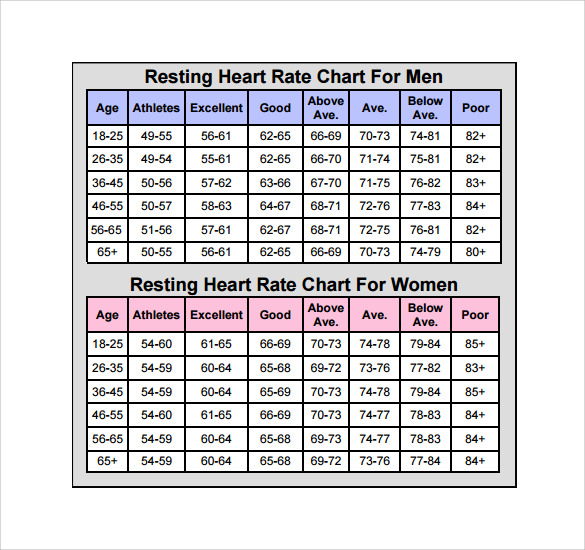Pulse Pressure Calculator Online

Pulse pressure calculator online
The top number (systolic) minus the bottom number (diastolic) is the pulse pressure. For example, if the resting blood pressure is 120/80 millimeters of mercury (mm Hg), the pulse pressure is 40 — which is considered a healthy pulse pressure.
What is the pulse pressure on a BP of 140 80?
120-129/less than 80 mmHg. This is sometimes called pre-hypertension. Stage I hypertension (mild): 130-139/80-89 mmHg. Stage II hypertension (moderate): 140/90 mmHg or higher.
What is the pulse pressure of 120 70?
For example, a patient with a BP of 120/70 mm Hg has the same pulse pressure (50 mm Hg) as a patient with a BP of 180/130 mm Hg, although the latter patient is clearly at higher risk for adverse events.
What is the normal pulse pressure?
A normal pulse pressure range is between 40 and 60 mm Hg. A pulse pressure reading is considered low when it's less than 40 mm Hg. Low pulse pressure can indicate decreased cardiac output. It's often observed in people with heart failure.
How do you calculate mean arterial pressure and pulse pressure?
It says the mean arterial pressure is equal to the diastolic. Blood pressure which is that bottom
Can we calculate BP from heart rate?
Measuring heart rate alone is not an indicator of high or low blood pressure, although it can measure your cardiovascular activity and oxygen consumption. People with hypertension (high blood pressure), must regularly monitor their blood pressure and work closely with their physician to determine treatment options.
Does pulse pressure increase with exercise?
During exercise, the cardiac output increases more than the total resistance decreases, so the mean arterial pressure usually increases by a small amount. Pulse pressure, in contrast, markedly increases because of an increase in both stroke volume and the speed at which the stroke volume is ejected.
What does a large pulse pressure indicate?
A widened (or larger) pulse pressure occurs with several diseases, including aortic regurgitation, aortic sclerosis (both heart valve conditions), severe iron deficiency anemia (reduced blood viscosity), arteriosclerosis (less compliant arteries), and hyperthyroidism (increased systolic pressure).
What is the ideal BP by age?
| Age | Minimum (Systolic/Diastolic) | Normal (Systolic/Diastolic) |
|---|---|---|
| 6 to 13 years | 90/60 | 105/70 |
| 14 to 19 years | 105/73 | 117/77 |
| 20 to 24 years | 108/75 | 120/79 |
| 25 to 29 years | 109/76 | 121/80 |
Is a pulse pressure of 30 good?
The normal pulse pressure is 30-40 mmHg. A pressure that exceeds this is called a wide pulse pressure. A pressure that is smaller than this (<25 mmHg) is a narrow pulse pressure.
Does pulse pressure increase with age?
Aging leads to a multitude of changes in the cardiovascular system, including systolic hypertension, increased central vascular stiffness, and increased pulse pressure.
What is a good blood pressure and pulse?
ideal blood pressure is considered to be between 90/60mmHg and 120/80mmHg. high blood pressure is considered to be 140/90mmHg or higher. low blood pressure is considered to be 90/60mmHg or lower.
What if pulse pressure is low?
Low pulse pressure in advanced heart failure and high pulse pressure in mild heart failure have been separately linked to increased mortality rates. We prospectively investigated an association between pulse pressure and 2-year cardiovascular death in an entire heart-failure population.
What affects pulse pressure?
Pulse pressure arises from the interaction of cardiac ejection (stroke volume) and the properties of the arterial circulation. An increased stiffness of the aorta and large arteries leads to an increase in PP through a reduction in arterial compliance and effects on wave reflection.
Is 50 a wide pulse pressure?
A low pulse pressure is a small difference between your systolic and diastolic pressure. In some cases, a low pulse pressure can also be a sign of a poorly functioning heart. Most people have a pulse pressure between 40 and 60 mm Hg. Generally, anything above this is considered a wide pulse pressure.
What is the mean arterial pressure of 120 80?
At normal resting heart rates, MAP can be approximated by the following equation: For example, if systolic pressure is 120 mmHg and diastolic pressure is 80 mmHg (as shown in the figure), then the mean arterial pressure is approximately 93 mmHg using this calculation.
What is mean arterial pressure formula?
Mean arterial pressure (MAP) [1, 2] = [systolic blood pressure + (2 X diastolic blood pressure)] / 3. The reference range is 70-100 mm Hg.
What is the formula for calculating mean arterial pressure MAP?
In 1939, Wezler and Bögerr6 proposed the formula MAP=0.42 × SBP+0.58 × DBP, where SBP is the systolic and DBP is the diastolic BP. Meaney et al. proposed an alternative expression of the above formula as follows: MAP1=DBP+0.412 × PP, where PP is the pulse pressure.
Is pulse the same as heart rate?
Your pulse rate, also known as your heart rate, is the number of times your heart beats per minute. A normal resting heart rate should be between 60 to 100 beats per minute, but it can vary from minute to minute.
Is heartbeat and pulse the same?
There's a connection between your heart rate and your pulse, but they aren't the same. Your heart rate is how fast your heart is beating at a given time. Your pulse is how you can feel your heart rate. Every time your heart beats, it squeezes and propels blood through the network of arteries in your body.












Post a Comment for "Pulse Pressure Calculator Online"